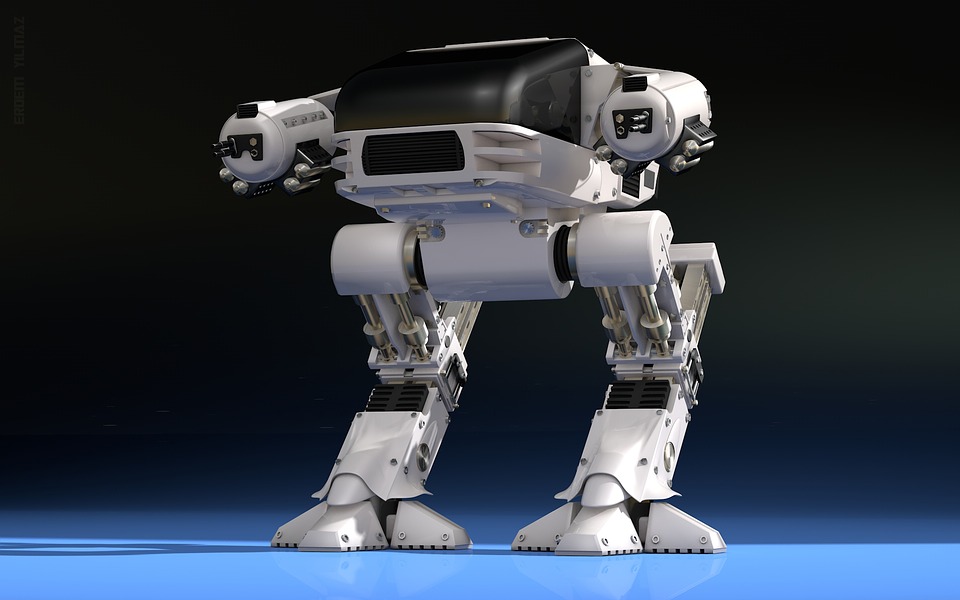Robots have become increasingly common in manufacturing and distribution operations over the past decade and their integration into warehouses is only expected to increase.

According to Boston Consulting Group research, spending on robotics worldwide will quadruple from approximately $15 billion in 2010 to about $67 billion by 2025. The industrial sector will grow at the fastest rate – from $5.8 billion to $24.4 billion.
Robots are integrated into all areas of manufacturing from welding to material handling. They are changing the way manufacturing companies do business, allocate labor, and compete in a global economy.
Where are manufacturers and distributors finding high-tech robotics to be the most effective? Let’s take a look:
Repetitive actions
Tedious, mindless, and/or repetitive tasks are a robotics’ sweet spot. This type of work is both a safety and an ergonomic concern when people must execute it. When a robot takes on the strenuous work, it creates a safer work environment and frees up labor to take on higher level tasks that add real value, whether it’s developing a new product line, executing more sophisticated processes that require advanced decision making, or maintaining technology. Robotics creates efficiency and predictability within a warehouse, allowing for better planning and effective resource allocation.
A Manufacturing.net article describes, for example, how a robot took on a simple, but essential, task at a custom injection plastics company. The robot’s job is to pick up plastic medicine cups coming from injection molders on a conveyor belt and drop them into a bagger. In the span of a month and a half, it bagged more than 800,000 cups! Imagine the drudgery and inefficiency of a person bagging hundreds of thousands of units a month.
High-production facilities and 24/7 operations
To meet increased demand or prevent fatigue, robotics can make a huge difference in terms of production levels and employee stamina. Robots work all day long – without breaks – potentially leading to cost savings that can then be devoted to growth or developing additional product lines.
Packaging applications
A decade ago, robotic palletizers and other end-of-line machines may have struggled to maintain the rate of production in many facilities. Today’s robots are faster – and smarter – and now can easily integrate into the complex functions of a warehouse and keep up with high volumes. They have vastly more sophisticated – and less expensive – vision systems that allow them to engage in higher level processes.
Robotic intelligence has come a long way as well. There are options on the market that not only provide the speed needed in a modern facility, but also have advanced sensors, artificial intelligence, and powerful software. As a result, case packing, palletizers, and other material handling robots are increasingly replacing conventional automated machines in this type of application because they are more compact, efficient, and reliable.
Skills gap
The manufacturing skills gap is a significant ongoing issue in industrial operations. Plan on it getting more troublesome over the next decade.
Many companies turn to automation in order to maintain and grow production when skilled labor can’t be found. Introducing robotic elements in a production line can mean keeping the doors open, but it can also open new avenues for jobs, including technical support, maintenance, and skilled operators.
Another consideration is robotics can keep aging Baby Boomers on the job longer. Automated elements can take on the manual labor portion of the job and extend the career of these highly skilled employees.
Precision work
There is some work that humans simply do not have the physical ability to do, whether it’s precision work on a computer chip or lifting heavy product. Robots can be the “Superman” of a warehouse, accurately completing tasks at a high speed without impacting quality.
Great strides have been made in the area 3D area scanning technology, and these types of robots will be highly effective in warehousing order fulfillment.
Final Thoughts
The manufacturing industry has adopted robotic machines not only at an incredible rate but in ways that could never have been imagined 10 years ago. While the technology will continue to evolve and develop to suit the changing needs of the industry, today’s robots are better equipped to work alongside humans, increase efficiency, and do yeoman’s work day in and day out.

